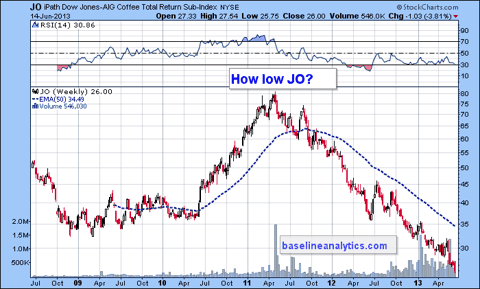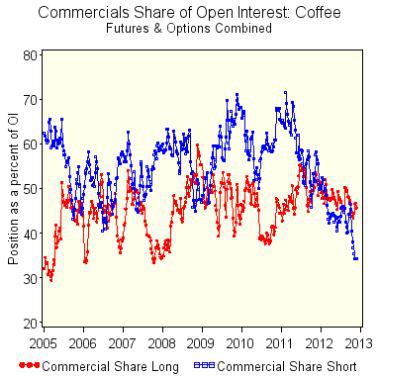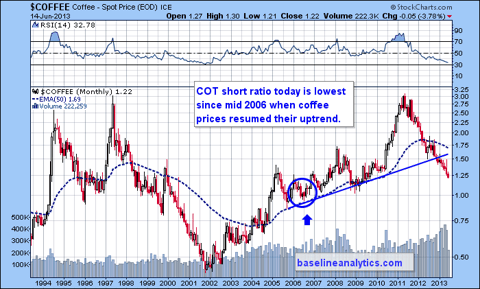The S&P 500 hit a new high this week, gaining 1.6%. Reviewing the Baseline Analytics Trend and Sentiment chart published in our public charts on Stockcharts.com, most technical indicators for this major index (and the market in general) are lined up to support the uptrend.
Note that in the chart below, the S& P 500 broke above an upper channel trendline in October (green arrow) and appears to have set the 1750 level as intermediate-term support. The ascent since mid-November was accompanied by improving RSI (which does not yet appear overbought), even though the chart pattern looks tired and nimble at its new high (a 1% decline in the S&P 500 would be welcome at this juncture)!

KST (Martin Pring’s “Known Sure Thing” remains bullish, however a little momentum shift is seen with the blue line cross below the red line. A more material concern for bulls is the shift toward complacency with VIX and the Put/Call ratio (seen at the bottom of the chart). You will note the red and green horizontal lines on the Put/Call chart, denoting extreme readings where short-term trend changes have historically occurred.
When markets move to new highs, it behooves us to extend the timeframe in technical analysis, and the chart below shows the S&P 500 on a monthly basis. The monthly chart of the S&P 500 expresses the bullish secular (long-term) trend that has transpired since the bottom in 2009, with volume activity lagging the strength of the price uptrend.

The final chart below is a depiction of market breadth and internal strength. After a bout of weakness in October and early November, Advances vs. Declines and New Highs vs. New Lows have once again moved toward new highs. The one concerning development expressed in this chart is the behavior of the Summation Index (NYSI). As noted in past blogs, the Summation Index is a useful momentum tool that tends to define the “400” level as the Bull vs. Bear dividing line. Although the index closed at 393 on Friday, it appears to want to resume its uptrend and may simply be working out the remnants of the weak momentum experienced in the late October-early November market.

So what does this all mean? Although the trend remains supportive of long positions, selective longs (i.e. value and dividend plays) and cost-averaging into equity mutual funds (partial positions rather than all-out bullish bets) feels like a prudent strategy at this juncture.
Learn more about Baseline Analytics TrendFlex and our TrendFlex signals.





.png)



